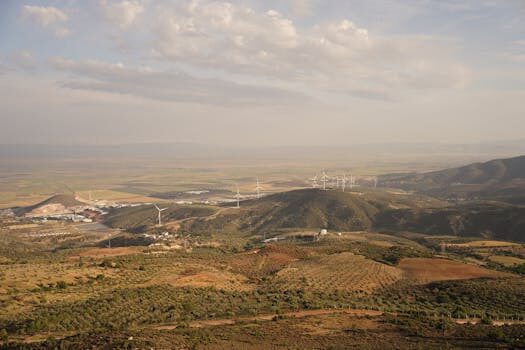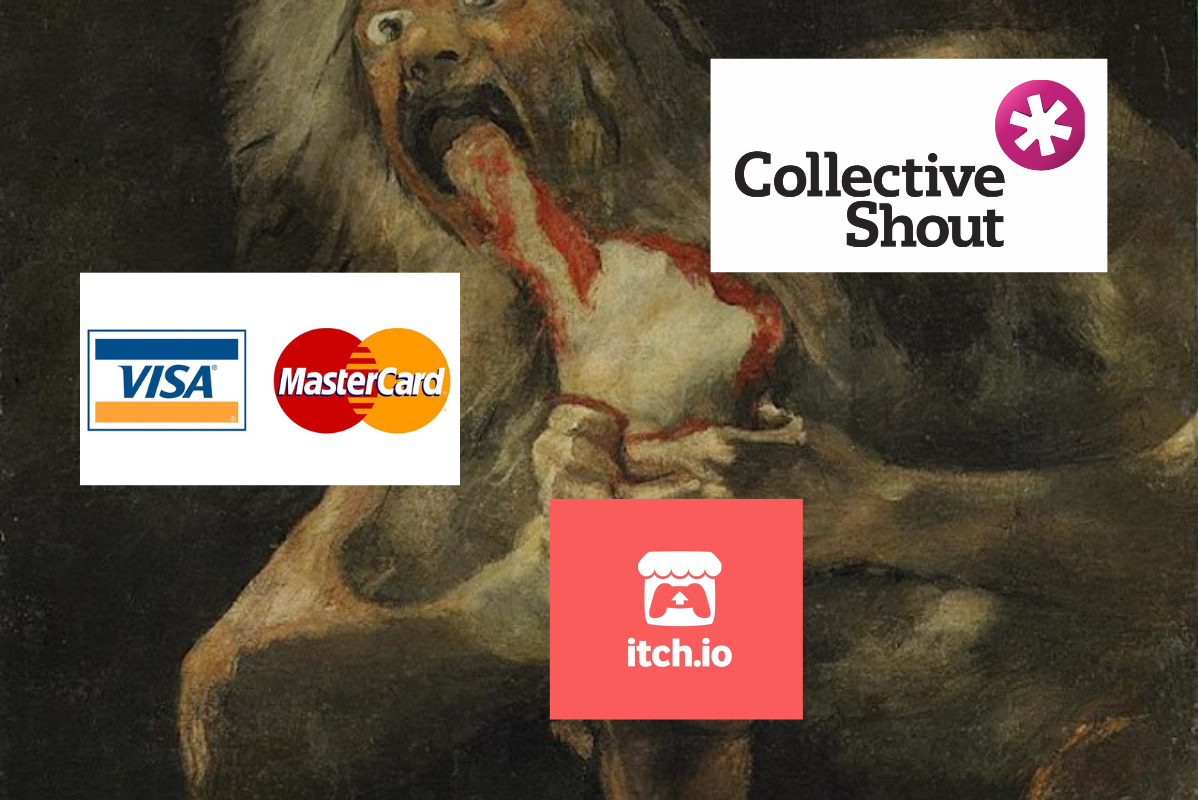When tech mogul Elon Musk makes a statement, the world listens. In a recent revelation, Elon Musk announced the rediscovery of the Vine video archive, stirring nostalgia and sparking debates about the role of artificial intelligence in social media. The intertwining of Musk’s ventures, including the AI tool Grok Imagine, suggests a new era for video generation and short-form content.
As we delve into the implications of this unexpected treasure trove, it’s essential to explore how this move aligns with trends in AI and social media revivals. Here’s an in-depth look at what Musk’s statement could mean for fans of the defunct platform and the future of AI in content creation.
What is the Vine video archive and why is it important?
The Vine video archive is a collection of six-second looping videos that were a hallmark of the Vine platform. This cultural phenomenon enabled users to create and share succinct, creative content that often went viral. Its importance lies not just in the content but in the innovative spirit it represented—an era where creativity flourished within tight constraints.
Vine’s return, even if just as an archive, is significant as it reflects the enduring appeal of short-form video content and rekindles the creative energy of a generation. These snippets of history are not only a reminder of the platform’s influence but also serve as inspiration for future digital storytelling.
The archive’s restoration also taps into a collective yearning for the simpler days of social media, a sentiment that resonates strongly in today’s complex digital landscape. As we look at the influence of platforms like TikTok, it’s clear that Vine’s legacy lives on in the DNA of current video-sharing services.
Moreover, Musk’s interest in reviving this archive underscores the potential he sees in blending nostalgia with modern technology—a fusion that could shape the future of online interaction.
How will users access the Vine video archive?
Details on accessing the Vine video archive are still unfolding, but Musk’s announcement implies that there will be user engagement with archived content. It’s anticipated that users will be able to dive back into the world of Vine through a dedicated platform or integration with existing services.
This access could come in the form of a standalone website, an addition to another social media platform, or even through a dedicated app. Whatever the medium, the goal will be to provide a seamless experience for users to revisit and share their favorite Vine videos.
The user interface and design will play a critical role in ensuring that the archive’s return captivates the same audience that once made Vine a household name. The emphasis will likely be on ease of use, discoverability, and sharing functionalities.
What role does Grok imagine play in the Vine comeback?
Grok Imagine, the AI video generator backed by Musk, represents a new frontier in content creation. With its ability to generate videos from text prompts, Grok Imagine could offer a creative toolkit for users to reimagine classic Vine content or create new iterations inspired by the original videos.

This AI tool isn’t just about generating content; it’s about harnessing the power of machine learning to fuel creativity. Grok could provide a platform for users to interact with the Vine archive, possibly by adding AI-generated enhancements or creating new content that reflects the Vine ethos.
The synergy between Vine’s archive and Grok’s capabilities could lead to a resurgence of short-form content that’s both familiar and groundbreaking. This collaboration might redefine how we perceive user-generated content and the role of AI in its evolution.
Why was Vine shut down and what does that mean for its future?
Vine’s shutdown in 2017 was a result of various factors, including stiff competition from other platforms, a shifting social media landscape, and challenges in monetizing the content. However, its cultural impact remained, and its absence left a void in the realm of short-form videos.
The closure of Vine was met with dismay by its dedicated community, leading to speculation about its potential revival. Now, Musk’s announcement throws a lifeline to the possibility of Vine’s return, albeit in a different form.
The future of Vine hinges on how its archive will be integrated with current technologies and trends. It’s not just about bringing back the past but about reinventing it for a new audience. The lessons learned from Vine’s initial run will be crucial in determining its place in the modern social media landscape.
As we consider the archive’s role, it’s essential to think about how its content will resonate with a generation that has moved on to platforms like TikTok and Instagram Reels. The challenge will be to honor Vine’s legacy while adapting to the ever-evolving demands of digital content consumers.
How does AI enhance the nostalgia of Vine videos?
AI has the potential to breathe new life into Vine videos by adding layers of interactivity and personalization that were previously impossible. The impact of AI on video creation could mean that users are not only spectators of nostalgia but active participants in its re-creation.
Grok Imagine, for example, might enable users to transform classic Vines with modern effects, create new content inspired by iconic Vines, or even generate entirely new experiences based on the six-second format.
 Arc Raiders Coverage
Arc Raiders CoverageBy leveraging AI, the emotional connection users have with Vine videos can be deepened, allowing for a more immersive and engaging experience. The intersection of AI and nostalgia is a powerful combination that could redefine how we interact with digital memories.
AI’s role extends beyond enhancement; it’s also about ensuring the legacy of Vine is preserved and made accessible to future generations. By using AI to catalog and curate the archive, these videos can be preserved as a unique form of digital art.

What are the implications of restoring the Vine archive?
The restoration of the Vine video archive is more than a trip down memory lane—it’s a statement about the value of digital history and the potential of AI to shape the narrative of online culture. The implications of this move are broad, impacting content creators, social media enthusiasts, and tech innovators alike.
For content creators, the archive’s return could offer a wealth of raw material for inspiration and a platform to showcase their creativity. It may also influence the style of content that gains popularity, possibly heralding a resurgence of the concise, impactful storytelling that Vine was known for.
From a social media perspective, the revival of Vine’s archive may signal a shift in user preferences towards platforms that offer a sense of community and simplicity in an increasingly cluttered digital space.
For the tech industry, Musk’s foray into marrying AI with social media archives could be a precursor to further advancements in how we generate and interact with content. It reflects a growing trend towards leveraging AI not just for efficiency but for creative expression.
Ultimately, the restoration of the Vine video archive, underpinned by AI technology, may pave the way for a new chapter in the evolution of social media. It’s a reminder of the power of short-form content and the enduring impact of platforms that encourage creativity within constraints.
Related Questions on Vine’s Archive and AI
What has Elon Musk found on the list?
Elon Musk has found the long-lost Vine video archive, a collection of six-second looping videos that once formed the backbone of the now-defunct social media platform Vine. This discovery opens up a wealth of nostalgic content that could be reintegrated into the digital landscape, potentially blending with AI technology for a refreshed user experience.
The exact contents of the archive remain to be seen, but the mention of this discovery by Musk has sparked excitement and curiosity among the former Vine community and social media observers. It remains unclear how this archive will be utilized, but it presents a unique opportunity to revisit a pivotal moment in social media history.
How to send Elon Musk a private message?
While Elon Musk is a highly public figure, contacting him directly and privately can be challenging. He is known to be responsive on platforms like Twitter, where sending a direct message (DM) could be an option if his DMs are open. Alternatively, one could attempt to connect through mutual contacts or through official communication channels of his companies. However, there are no guarantees of a personal response given his high profile and busy schedule.
Those seeking to send a message to Musk should be respectful and mindful of the likelihood that he receives a high volume of correspondence. Crafting a concise and compelling message may increase the chances of getting his attention.
What is Elon Musk’s search engine?
Elon Musk is not directly associated with any specific search engine. His ventures, however, often emphasize the use of advanced algorithms and AI, which are key components of modern search engines. Grok Imagine, his AI video generation tool, suggests his interest in AI-driven search and discovery mechanisms.

Musk’s involvement with AI and data suggests that while he doesn’t have a proprietary search engine, his work could influence search technology developments, particularly regarding content discovery and user interaction.
At what age did Elon Musk found Zip2?
Elon Musk co-founded Zip2, a company that provided business directories and maps for newspapers, at the age of 24. This venture marked the beginning of Musk’s entrepreneurial journey, which would eventually include leading roles in several transformative companies, including SpaceX, Tesla, and Neuralink.
Zip2 was an early indicator of Musk’s vision for leveraging technology to disrupt and improve conventional processes, a theme that has continued throughout his career.
As part of enriching the content, let’s take a look at one of the videos available in the carousel:
 In defense of Baldur’s Gate 3’s Wyll, my favorite ‘human nice guy’ RPG companion
In defense of Baldur’s Gate 3’s Wyll, my favorite ‘human nice guy’ RPG companionIn conclusion, the restoration of the Vine video archive and the incorporation of AI technology signifies a pivotal point in the intersection of nostalgia and innovation. With the potential comeback of Vine, spearheaded by Elon Musk, and the integration of Grok Imagine, we stand on the cusp of a new era in short-form content creation—one that honors the past while eagerly embracing the future.



